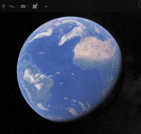
Learn about amazing architecture around the world and how it was built.
- Subject:
- Career and Technical Education
- Material Type:
- Interactive
- Provider:
- Provider Set:
- Google for Education
- Author:
- Google Earth
- Date Added:
- 10/14/2021

Learn about amazing architecture around the world and how it was built.
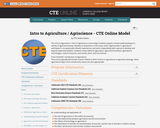
***LOGIN REQUIRED*** The Agriscience/Intro to Agriculture course helps students acquire a broad understanding of a variety of agricultural areas, develop an awareness of the many career opportunities in agriculture, participate in occupationally relevant experiences, and work cooperatively with a group to develop and expand leadership abilities. Students study California agriculture, agricultural business, agricultural technologies, natural resources, and animal, plant, and soil sciences.

Less can often be more—especially as students explore the theme of a work of literature through analytical writing. Writing haiku offers a student in the final draft stages of a paper an innovative way to determine if the paper says what he/she means it to say. Students can “lose their way” when writing analytical papers, resulting in wordy, tangled papers with the thesis obscured. To alleviate this problem, students create haiku that, in seventeen syllables, encapsulate the heart of the paper. Because of its brevity, haiku promotes clarity of thought. It further challenges students to work on focused revision.

Do you need proof that driving is a dangerous activity? More Americans have died in car crashes over the past 100 years than in all the wars the U.S. has ever fought combined. More than 40,000 Americans die each year on the nation's highways, most as the result of high-speed collisions. In this video segment adapted from NOVA, learn how engineers developed the air bag, an important automobile-safety device now found in most cars.
Recommended for: Grades 3-12
Using a bottle and a hard boiled egg, students will see that air exerts pressure. They will analyze evidence about particles of matter and demonstrate the role of motion in the particulate description of matter.

This is Activity 12 of a set of Level 1 activities designed by the Science Center for Teaching, Outreach, and Research on Meteorology (STORM) Project. The authors suggest that previous activities in the unit be completed before Activity 12: Air Masses, including those that address pressure systems and dew point temperature. In Activity 12, the students learn about the four main types of air masses that affect weather in the United States, their characteristic temperatures, and humidity levels as it relates to dew point temperatures. The lesson plan follows the 5E format. Initially, students discuss local weather and then examine surface temperature and dew point data on maps to determine patterns and possible locations of air masses. They learn about the source regions of air masses and compare their maps to a forecast weather map with fronts and pressure systems drawn in. During the Extension phase, students access current maps with surface and dew point temperatures at http://www.uni.edu/storm/activities/level1 and try to identify locations of air masses. They sketch in fronts and compare their results to the fronts map. Evaluation consists of collection of student papers.
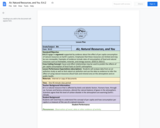
Students will analyze data from an air pollution study as well as facts about air pollution and use the data as evidence to infer the effect of using natural resources (fossil fuels and mineral ore) on the atmosphere and on public health.

Science Phenomena: 4th grade - Life: Structures and Senses

This is a lesson plan that will help students know about air pollution, what causes it, and what they can do to help prevent it. Students will show their understanding by creating a podcast of what they learned and found through experimenting.
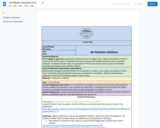
Students will investigate possible solutions to air pollution in relation to per capita consumption of fossil fuels. Fossil fuels being introduced as the cause, air pollution as the effect. Students will develop an argument to share concerning the solution of their choice.

In this video segment adapted from ZOOM, cast members make their own hovercraft and demonstrate how the air leaking out of a balloon can make a plastic plate hover above a table.
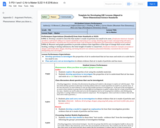
A lesson about air particles (Going 3D with GRC)

Science Phenomena video. Shows an example of a solution for 3.3.5. 3rd grade - Forces and Interactions

"Comment ajuster la position de début et de fin d'un servomoteur à l'intérieur d'une chaussette servo."

This resource is a free, downloadable audio file of short music clips to use for instruction.
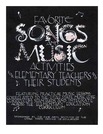
This resource includes the sheet music, activity instructions, dance lesson, and audio files for "Alabama Gal" from the Elementary Songbook.

This resource is a free, downloadable audio file of short music clips to use for instruction.

This video from First Alaskans Institute spotlights the Alaska Native community of St. Paul and its hands-on commitment to care for the land and animals on which it depends.

In this video adapted from Storyknife Productions, Alaska Native pilots share how they use traditional knowledge to read the landscape and predict the weather.

In this video adapted from KUAC-TV and the Geophysical Institute at the University of Alaska, Fairbanks, Alaska Native students contribute to research on how their environment is changing as a result of global warming.